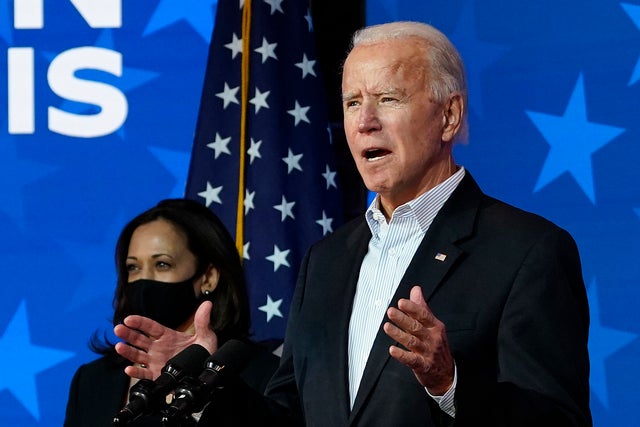President Biden’s stimulus package, which passed the Senate on Saturday, represents one of the most generous expansions of aid to the poor in recent history, while also showering thousands or, in some cases, tens of thousands of dollars on Americans families navigating the coronavirus pandemic.
Support our journalism. Subscribe today.
The roughly $1.9 trillion American Rescue Plan, which only Democrats supported, spends most of the money on low-income and middle-class Americans and state and local governments, with very little funding going toward companies. The plan is one of the largest federal responses to a downturn Congress has enacted and economists estimate it will boost growth this year to the highest level in decades and reduce the number of Americans living in poverty by a third.
This round of aid enjoys wide support across the country, polls show, and it is likely to be felt quickly by low- and moderate-income Americans who stand to receive not just larger checks than before, but money from expanded tax credits, particularly geared toward parents; enhanced unemployment; rental assistance; food aid and health insurance subsidies.
But the ambitious legislation entails risks — both economic and political. The bill, which the House is expected to pass and send to Biden within days, injects the economy with so much money that some economists from both parties are warning that growth could overheat, leading to a bout of hard-to-contain inflation. Meanwhile, some businesses are saying that government aid has been so generous that they’re already having trouble getting unemployed workers to return to work — a problem that could be exacerbated by the legislation.
Unlike many other significant anti-poverty measures passed by Congress in history, this one has a short time horizon, with almost all the relief for families going away over the coming year. That could be an abrupt awakening for Americans who have grown accustomed to financial support since Congress moved swiftly to create a stronger safety net at the start of the pandemic a year ago. It also lacks the bipartisan imprint of former President Trump’s bills, which directed money in larger measure to companies as well as individuals.
“This legislative package likely represents the most effective set of policies for reducing child poverty ever in one bill, especially among Black and Latinx children,” said Indivar Dutta-Gupta, co-executive director of the Georgetown Center on Poverty and Inequality. “The Biden administration is seeing this more like a wartime mobilization. They’ll deal with any downside risks later on.”
The total numbers are staggering. Cumulatively, the government will hand out $2.2 trillion to workers and families between the relief passed last year and this latest bill, according to the Committee for a Responsible Federal Budget, a nonpartisan group. That’s equivalent to what the government spends annually on Social Security, Medicare and Medicaid combined.
Source: Washington Post




